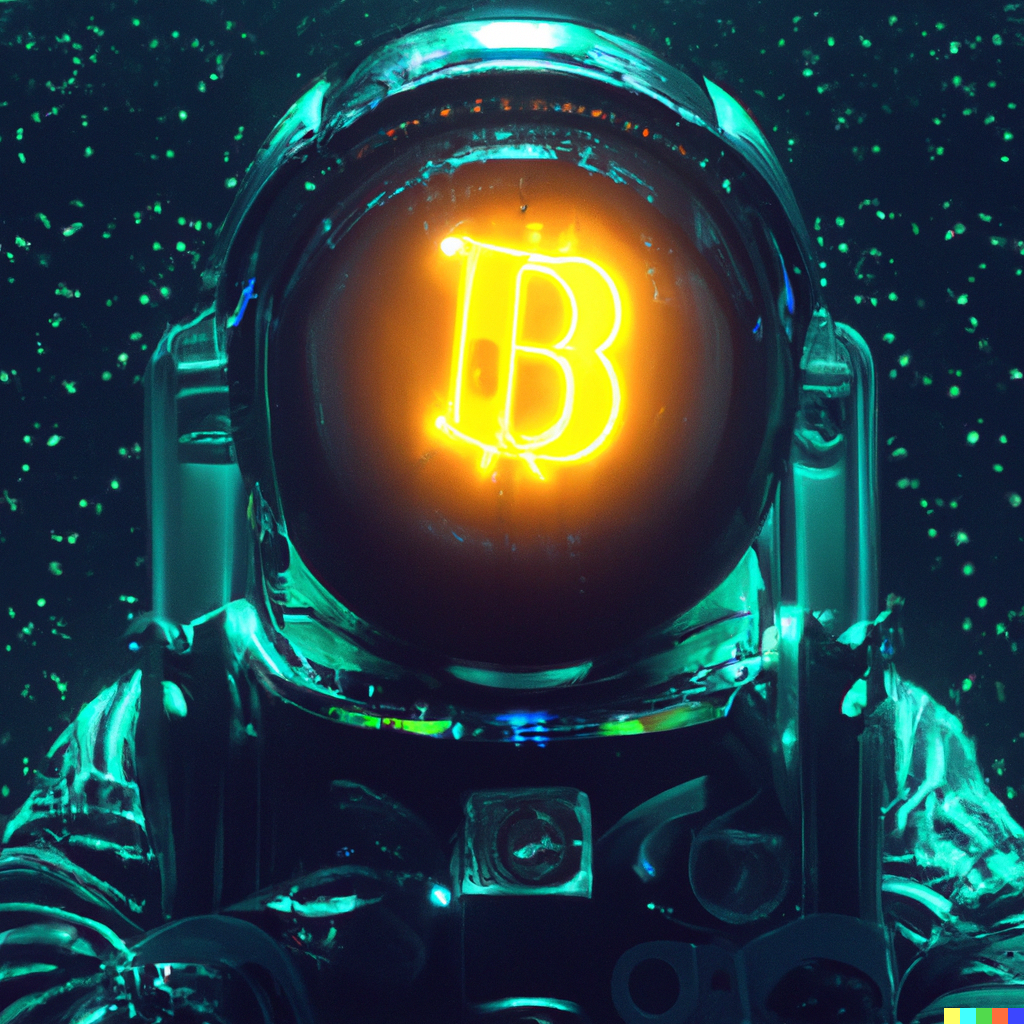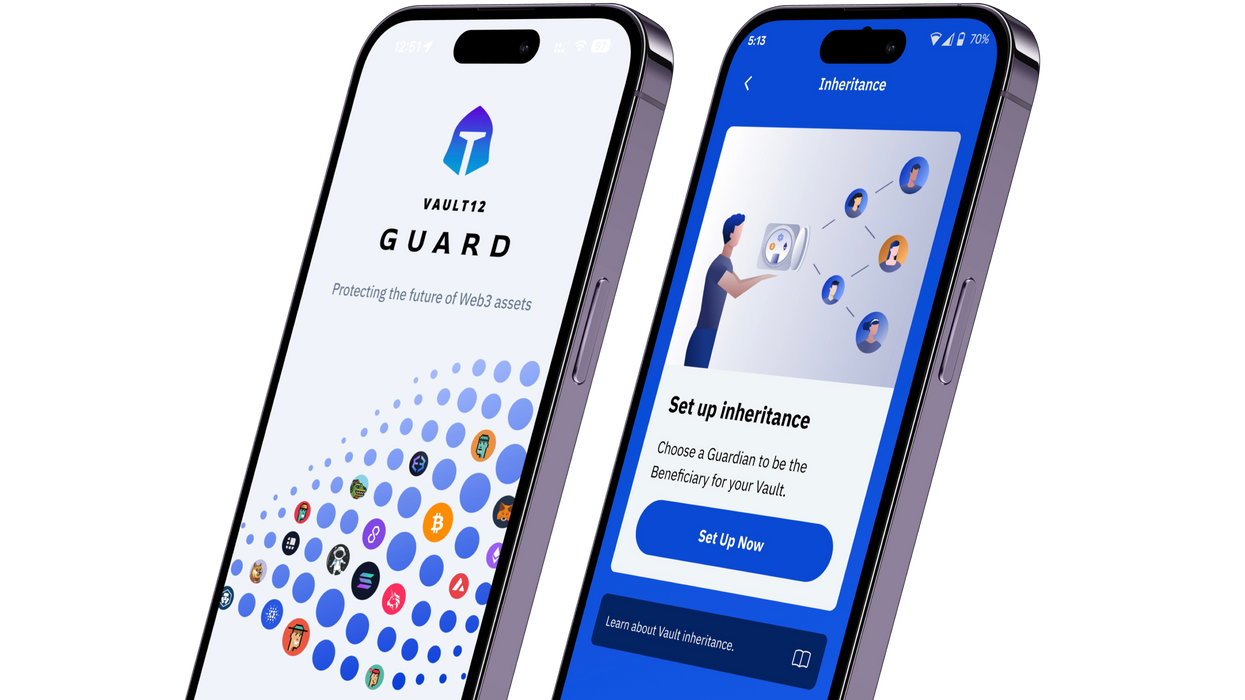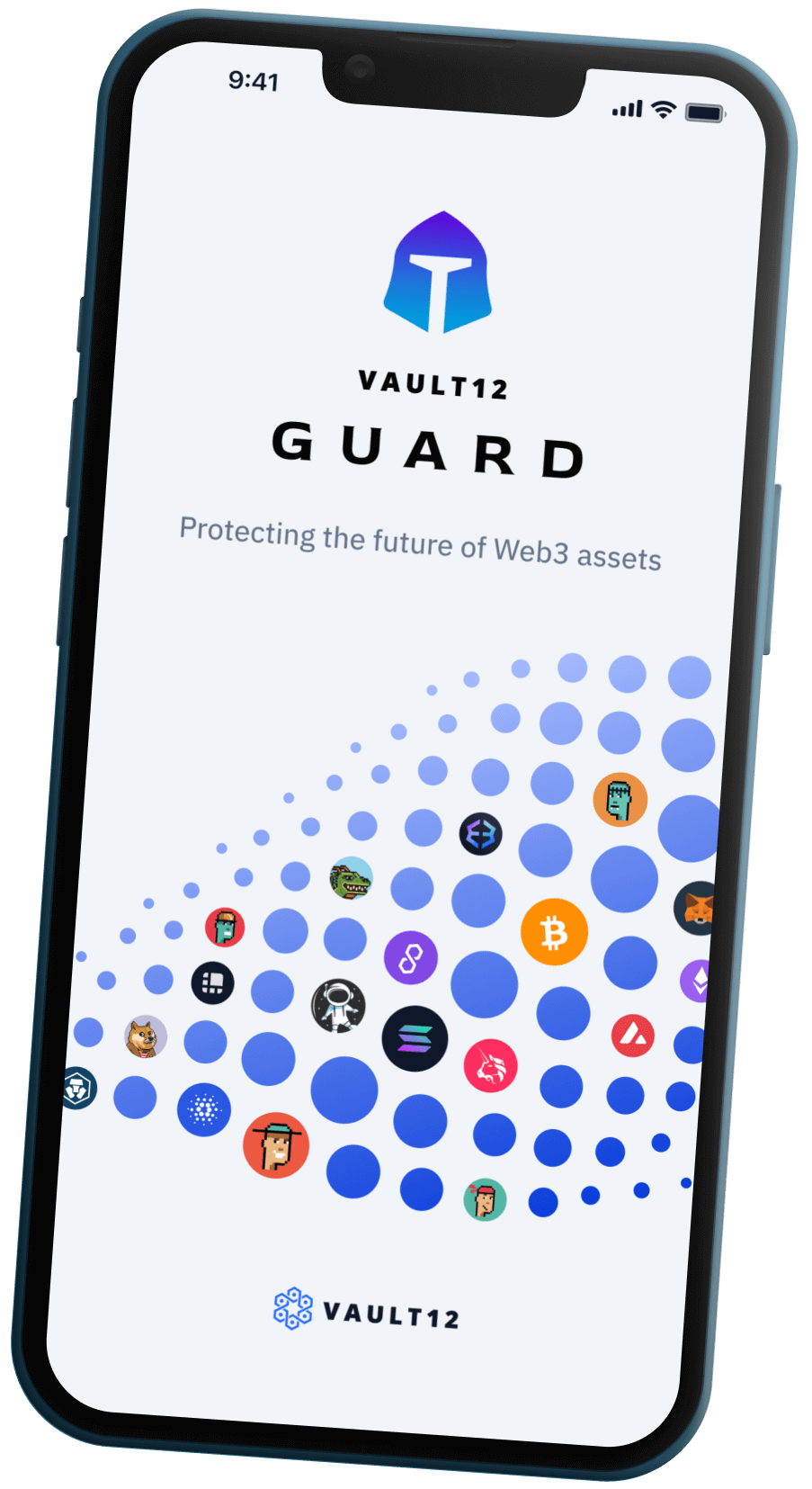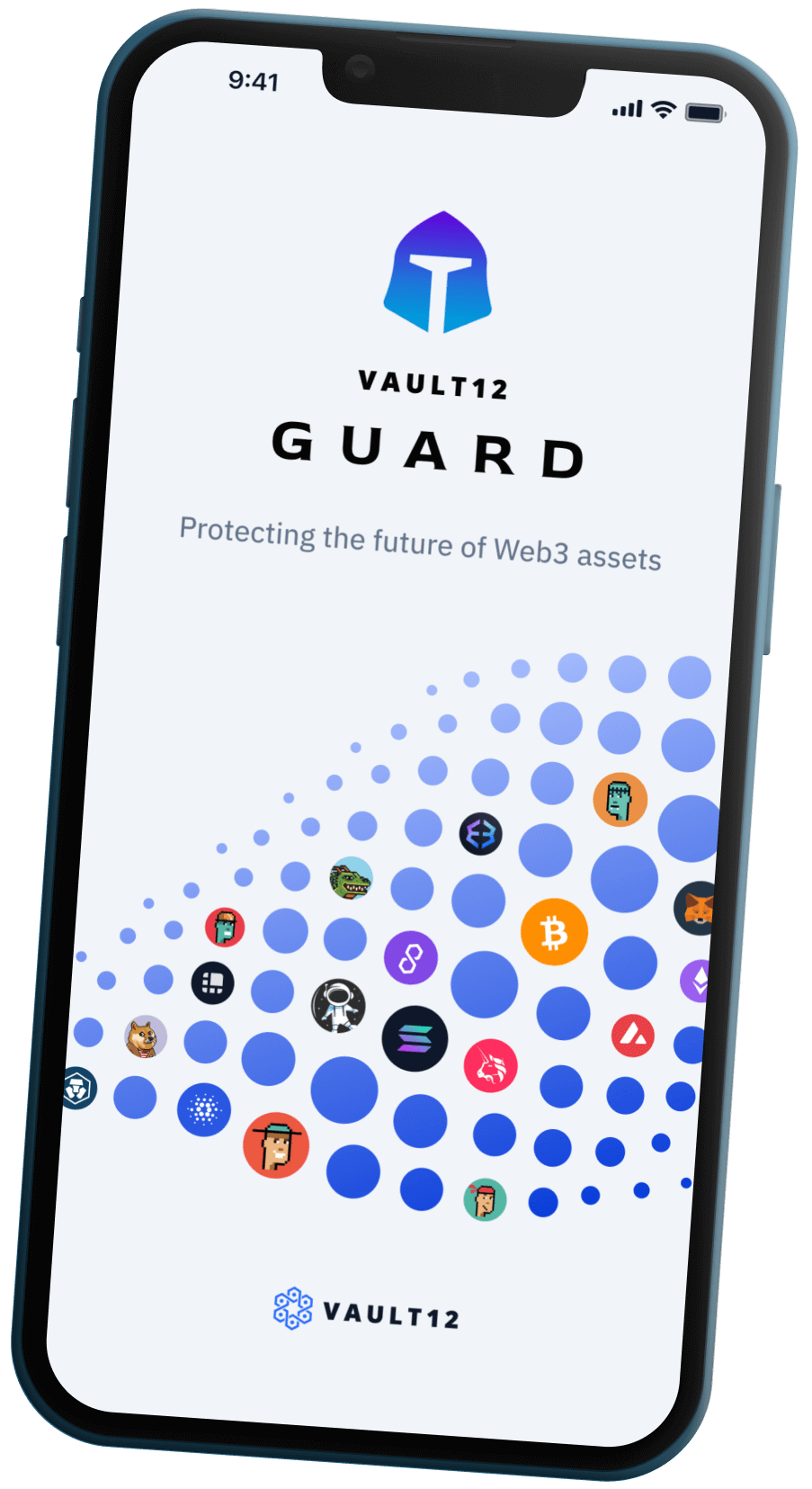
DALLE2

Contents
Artifacts, Ordinals, Inscriptions, and BRC-20
In this article, we'll explore how Ordinals are used in the Bitcoin ecosystem to create a new type of NFT. Our intention is to provide practical information for creators, collectors, and all marketplace participants interested in engaging with Ordinals on Bitcoin.
We'll start with a high-level explanation of Ordinals and NFTs on Bitcoin, highlighting their characteristics and potential uses. Then we'll delve into BRC-20, the token standard for these digital artifacts, and how it differs from tokens on other blockchains. We'll touch on some controversies. And lastly, we'll review a few important considerations for protection and inheritance in order to to ensure the longevity of these assets.
Understanding NFTs on Bitcoin requires a shift in perspective from NFTs on blockchains like Ethereum, Solana, Avalanche, Polygon, and Cardano. For example, Ordinal-inscribed Bitcoin satoshis have both fungible (interchangeable) and non-fungible (unique) properties. Bitcoin Ordinals differ from ERC-721 NFT tokens in several technical ways, including how much data can be included, and where that data is stored.
But from the perspective of an artistic creator or collector, Bitcoin Ordinals deliver many of the same marketplace features that have been popularized by ethereum-based NFTs - with greater security and immutability.
The Ordinal protocol is one of several new "features" of Bitcoin that followed the Taproot upgrade in November 2021.
In 2022, the Bitcoin Improvement Proposal for Ordinals brought the capability to inscribe arbitrary digital assets onto the Bitcoin blockchain. Recall that a satoshi is the smallest unit of Bitcoin -- so named after Bitcoin's pseudonymous creator, Satoshi Nakamoto. Using the Ordinals protocol, each satoshi can be ordered and "inscribed" with up to 4 MB of data that could include images, audio, code, or any other data.
Ordinals have been rapidly gaining in popularity. To date, there have been more than 60 million inscriptions added to satoshis on the Bitcoin blockchain. At times, users have inundated the network with an array of new content.
Bitcoin artifacts are digital artifacts that were created on the Bitcoin blockchain. They may also be called Bitcoin NFTs.
The Ordinals documentation FAQ advocates for use of the term "digital artifact:"
An inscription is an NFT, but the term "digital artifact" is used instead, because it's simple, suggestive, and familiar.” -- Ordinals FAQ
Digital artifacts can take many forms, and commonly include memes, images, screenshots, audio clips, and snippets of code.
Bitcoin artifacts may seem limited given the 4MB data restriction per satoshi, but in June 2023, a new capability called Recursive Inscriptions allowed larger and more-complex data by supporting a series of calls that can pull in other inscription data already on the blockchain. Recursive Inscriptions theoretically allow the storage and use of on-chain data sufficient to store and interact with entire movies and video games!
Recall that the term "NFT" stands for Non-Fungible Token, where "non-fungible" means that tokens of that type are not interchangeable ... instead, their value or characteristics vary (like Bored Ape NFTs).
Because an Ordinals inscription modifies a satoshi by inscribing data onto it, it's a little confusing to talk about whether that satoshi is then a fungible or non-fungible token because actually it has both characteristics. An inscribed satoshi can be spent like any other satoshi, so it is fungible. But its inscribed data could make it uniquely valuable so that the owner would not want to spend it like any other satoshi!
For the record, then, when we refer to putting NFTs on the Bitcoin blockchain, we are referring to the use of the Bitcoin Ordinals protocol to create non-fungible inscriptions on fungible tokens.
In early 2023, right after the Ordinals protocol made Bitcoin NFTs an overnight sensation, the BRC-20 experimental token standard formally added Ordinal-inscribed token use cases to the Bitcoin base layer.
You can mint and transfer BRC-20 tokens in a similar way to Ethereum's ERC-20 NFTs. In fact, BRC-20 is in many ways similar to Ethereum's NFTs, however BRC-20 can not take advantage of the power and flexibility of Ethereum's smart contracts. As an example of a related limitation: although inscriptions themselves can not support token royalties, BRC-20 attempts to reduce this gap by offering a royalty capability, which has surely helped to drive its popularity.
Bitcoin Ordinals, as conceptualized by developer Casey Rodarmor, differ from traditional Ethereum-based NFTs in several key ways, even though both are forms of digital art. Rodarmor characterizes Bitcoin NFTs as "authentic digital artifacts" because they are fully on-chain and inherit the robust attributes of the Bitcoin network.
There are web-based platforms like Ordinalbots that can make the process of putting NFTs onto the Bitcoin blockchain quite simple. But here is a high-level description of what's involved:
Remember, this is a simplified explanation, and the actual process can be a bit more complex depending on the platform you use and the specific requirements of your digital asset. Always do your own research or consult with a professional if you're unsure about anything.
The first BRC-20 token, ORDI, is still one of the most popular in this space.
A BRC-20 meme token called MICE became wildly popular in late 2023 after Elon Musk tweeted about it.
And in 2024, the Taproot Wizards team released the "Quantum Cats" collection of Bitcoin-based NFTs. Interestingly, these cat images evolve over time (although their evolutionary path is encrypted and not apparent until unlocked). The "genesis" image of the collection, "Genesis Cat," sold at a Sotheby's auction for the equivalent of 254 million USD!
The advent of the Ordinals protocol has incited a significant discussion among the Bitcoin community, prompting essential inquiries. Should Bitcoin's role be confined to a monetary function, or should it broaden its scope to encompass additional applications? Is the Ordinals protocol encroaching on the Bitcoin network?
The Bitcoin blockchain, due to its restricted block size and network structure, has traditionally facilitated only payment transactions. This architecture encourages the development of solutions on top of the blockchain, adding layers to enhance the network's programmability and scalability.
1. Diverging use case for Bitcoin
The recent surge in Ordinals has drawn attention and scrutiny from the Bitcoin community. There are concerns that it could divert from Bitcoin's fundamental purpose as a medium of exchange and whether Ordinals are an efficient use of block space. Ordinals, which can take the form of images, audio clips, or even games, necessitate space that detracts from financial data, potentially causing a significant slowdown in on-chain confirmation times and increased transaction fees.
Some passionate members of the Bitcoin community are upset over this development and are strongly opposed to NFTs hosted on the Bitcoin blockchain. The Bitcoin community is generally very conservative and tends to favor stability and network reliability. They make relatively infrequent code updates and tend to ignore calls to make the network as fast or as feature-rich as rival cryptocurrencies.
2. Challenge to Bitcoin's Fungibility
Ordinals also pose a challenge to Bitcoin's fungibility, a core characteristic of money. Ordinal inscriptions are embedded into a single satoshi, conferring a degree of rarity to it, much like how numismatic coins are unique physical items collected for their rarity.
Ordinal satoshis assume distinct identities that can be monitored, transferred, and imbued with valuable information, such as text or an image. This process makes the satoshi unique, effectively transforming it into a non-fungible token (NFT). Contrarily, the conventional viewpoint maintains that all satoshis should be treated as equal to preserve an essential attribute of money.
3. The permissionless nature of the Bitcoin blockchain means that it is impossible to prevent people from storing illegal or malicious data on the blockchain -- permanently.
The Ordinals wallet is very straightforward to use, and the other Taproot-capable wallets are similar:
As Bitcoin Ordinals become an even more prominent part of the Web3 world, obviously you have to care about inheritance of Bitcoin NFTs in the same way as any other Web3 digital asset. Web3 asset inheritance is different from the relatively straightforward steps for a traditional inheritance, where you go to the bank or the broker, you tell them that someone has passed on or is incapacitated, and you are given access to those assets. In contrast, with Web3 assets, you, the owner, are responsible for the security and safekeeping of those assets. If you haven't recorded all details about your assets and communicated them to the people who are going to be the beneficiaries, your assets will likely be lost. Even if you did record the details correctly, there are still a lot of ways for heirs to go wrong with complex technical things during the succession process.

Our latest technology release Vault12 Guard is a mobile app designed for ordinary people who are collectors, creators creating digital art and NFTs, and crypto enthusiasts buying cryptocurrency. Vault12 Guard is designed to make it as simple as possible to back up all of your Web3 assets and then assign a beneficiary who can receive those assets in the event of incapacitation or death of the owner.
With Vault12 Guard, it's very simple to back things up for your own recovery. It's very simple to activate Inheritance. And it's very simple for your heirs to retrieve those assets when needed. Download the app from any of the app stores (iOS or Android), install it, create a digital vault, and then you can immediately start adding assets, which will be stored locally on your phone device for full, distributed, decentralized backup and inheritance.
With Vault12 Guard, you can add and assign your own vault Heirs and Guardians. These are people that you know: they could be business partners, family members, or friends who will guard your vault. Your Guardians will grant access to your Web3 assets on the event of your passing.
You can learn more about NFT Crypto Inheritance here or immediately learn how to quickly set up your vault and bring longevity and resilience to your digital assets journey.

Wasim graduated with a Bachelor of Science in Physics and French from the University of Sussex.

Art is a crypto-security expert and researcher with serial entrepreneurship background. Having a degree in physics and experiences in multiple cutting-edge industries like fintech, secure hardware and semiconductors, and identity gave him a unique multi-faceted perspective on the problem of key management for individuals in the crypto networks and the evolution of the internet in general.
In his current work, he is specifically researching how cryptographic keys can be inherited without posing a threat to 3rd parties in edge cases. In addition, he advocates for "fault-tolerance via secrets automation". He discusses the quantitative impact of user experience factors on the uptake of non-custodial solutions.
As one of his most notable accomplishments, he co-founded and led through the early years of the company that contributed to the complex technology behind Apple's recent M-series CPUs. He is also the creator of the most friendly and aesthetically pleasing, but nonetheless super secure and fault-tolerant hardware wallet - U•HODL.
Check out his curated series of "Vault12 Learn" contributions below, and follow him on Twitter and LinkedIn for more sharp insights.



